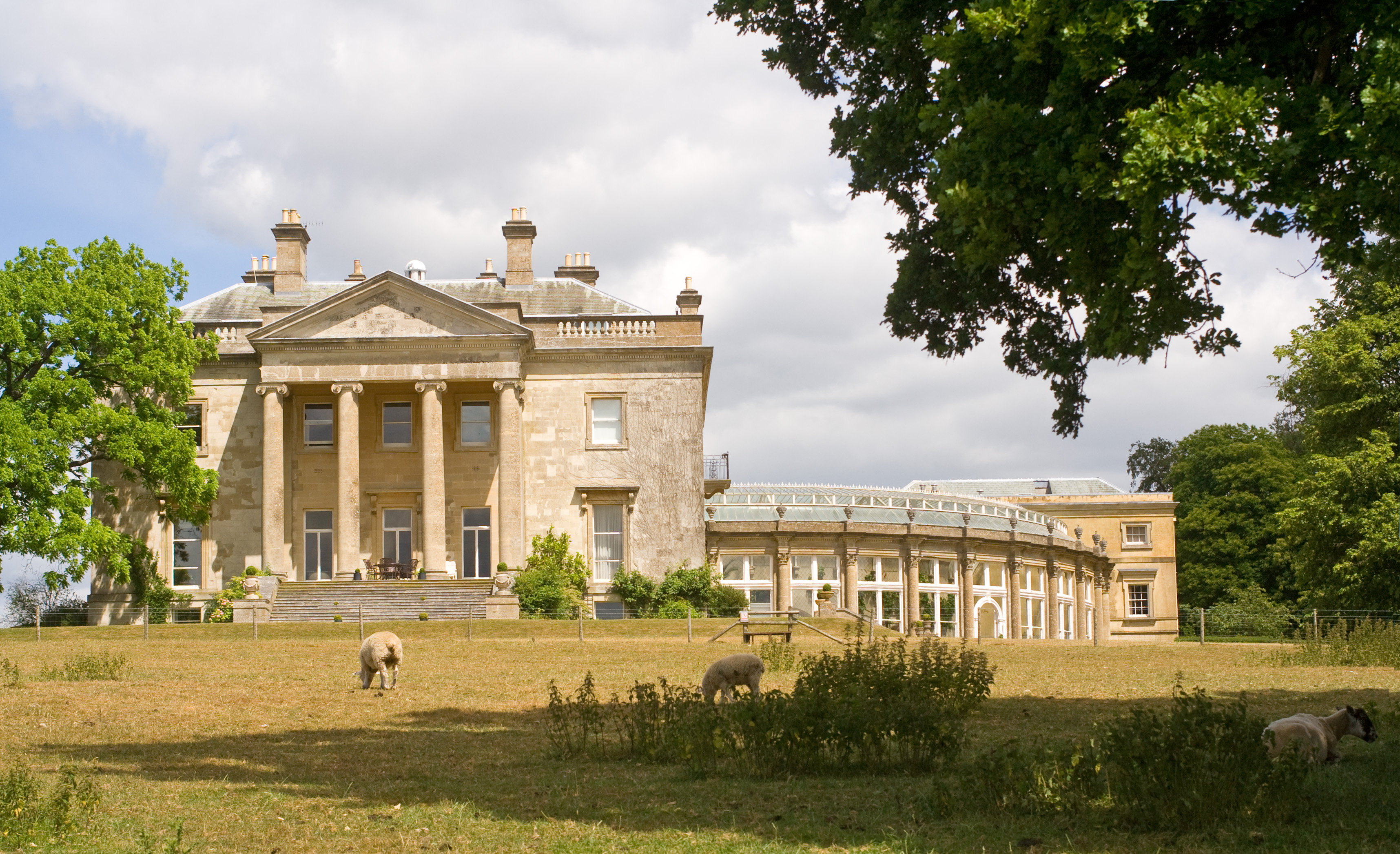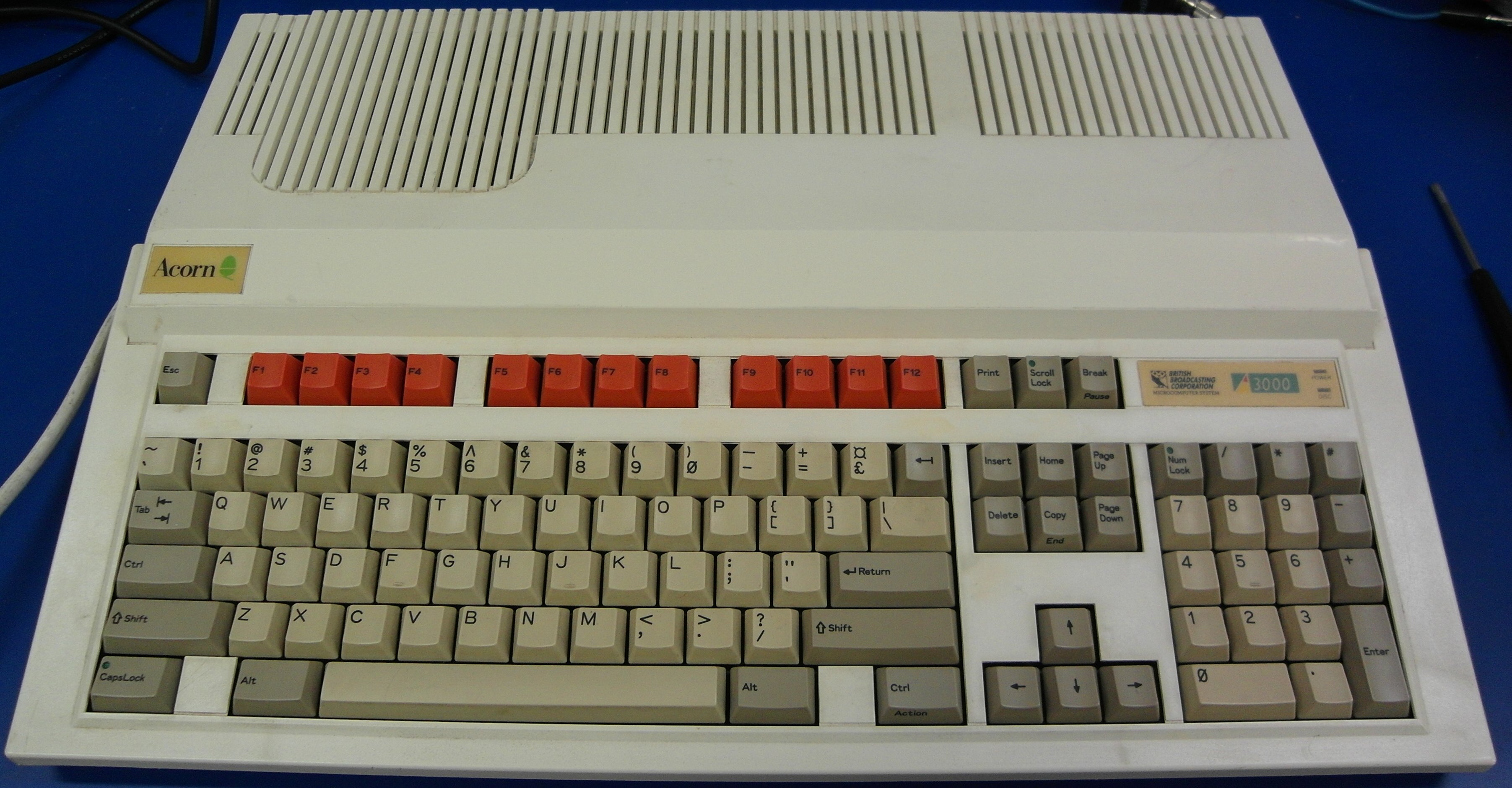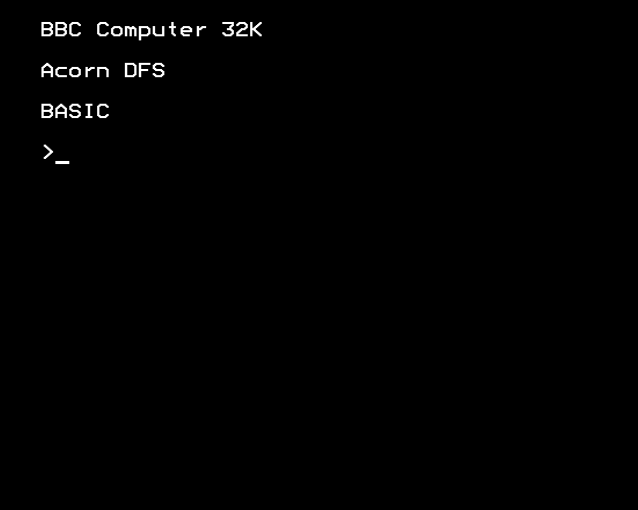|
Computer Concepts
Xara is an international software company founded in 1981, with an HQ in Berlin and development office in Hemel Hempstead, UK. It has developed software for a variety of computer platforms, in chronological order: the Acorn Atom, BBC Micro, Z88, Atari ST, Acorn Archimedes, Microsoft Windows, Linux, and more recently web browser-based services. History The company was founded in 1981 by Charles Moir. It started by developing for various 8-bit systems, such as the Acorn Atom and BBC Micro. It was originally called Computer Concepts, Ltd.; the company name was changed to Xara, Ltd., in 1995, and later to The Xara Group, Ltd. started to explore cloud developments, and since 2016 both companies have been subsidiaries of Xara GmbH. Atari ST and Acorn Archimedes development Dissatisfied with the evolution of Acorn's product range, having "stretched the BBC micro beyond the limit", Computer Concepts announced in late 1985 that the company would concentrate on development for the ... [...More Info...] [...Related Items...] OR: [Wikipedia] [Google] [Baidu] |
Impression (software)
''Impression'' is a desktop publishing application for systems. It was developed by Computer Concepts and initially made available in pre-release form during 1989, having been demonstrated in February 1989 at the ''Which? Computer Show'' and subsequently announced as being available from June 1989. The "completed" version was eventually delivered on 18th January 1990. Originally, the application appears to have been developed for Acorn's then-current operating system, Arthur, as a ROM-based product, but due to dissatisfaction with the state of Arthur during early development of the application, it was then meant to use Computer Concepts' own operating system, Impulse, instead. (Publicity images for the software depict a different operating environment to RISC OS.) Product range and history Impression II and Junior ''Impression II'', an improved version of the product, was released in 1990 alongside ''Impression Junior'', a cut-down version of Impression II priced at £103, ... [...More Info...] [...Related Items...] OR: [Wikipedia] [Google] [Baidu] |
Acorn Archimedes
Acorn Archimedes is a family of personal computers designed by Acorn Computers of Cambridge, Cambridge, England. The systems are based on Acorn's own ARM architecture processors and the proprietary operating systems Arthur and RISC OS. The first models were introduced in 1987, and systems in the Archimedes family were sold until the mid-1990s. ARM's Reduced instruction set computer, RISC design, a 32-bit CPU (using 26-bit addressing), running at 8 Hertz, MHz, was stated as achieving 4.5+ Million instructions per second, MIPS, which provided a significant upgrade from 8-bit home computers, such as Acorn's previous machines. Claims of being the fastest micro in the world and running at 18 MIPS were also made during tests. Two of the first models—the A305 and A310—were given the BBC branding, with BBC Worldwide, BBC Enterprises regarding the machines as "a continuing part of the original computer literacy project". Dissatisfaction with the branding arrangement was ... [...More Info...] [...Related Items...] OR: [Wikipedia] [Google] [Baidu] |
ZDNet
ZDNET is a business technology news website owned and operated by Red Ventures. The brand was founded on April 1, 1991, as a general interest technology portal from Ziff Davis and evolved into an enterprise IT-focused online publication. History Beginnings: 1991 to 1995 ZDNET began as a subscription-based digital service called "ZiffNet" that offered computing information to users of CompuServe. It featured computer industry forums, events, features and searchable archives. Initially, ZiffNet was intended to serve as a common place to find content from all Ziff-Davis print publications. As such, ZiffNet was an expansion on an earlier online service called PCMagNet for readers of PC Magazine. Launched in 1988, PCMagNet in turn was the evolution of Ziff Davis' first electronic publishing venture, a bulletin board, which launched in 1985. On June 20, 1995, Ziff-Davis announced the consolidation of its online information services under a single name, ''ZD Net''. The service had ... [...More Info...] [...Related Items...] OR: [Wikipedia] [Google] [Baidu] |
Windows
Windows is a group of several proprietary graphical operating system families developed and marketed by Microsoft. Each family caters to a certain sector of the computing industry. For example, Windows NT for consumers, Windows Server for servers, and Windows IoT for embedded systems. Defunct Windows families include Windows 9x, Windows Mobile, and Windows Phone. The first version of Windows was released on November 20, 1985, as a graphical operating system shell for MS-DOS in response to the growing interest in graphical user interfaces (GUIs). Windows is the most popular desktop operating system in the world, with 75% market share , according to StatCounter. However, Windows is not the most used operating system when including both mobile and desktop OSes, due to Android's massive growth. , the most recent version of Windows is Windows 11 for consumer PCs and tablets, Windows 11 Enterprise for corporations, and Windows Server 2022 for servers. Genealogy By marketing ... [...More Info...] [...Related Items...] OR: [Wikipedia] [Google] [Baidu] |
ArtWorks
A work of art, artwork, art piece, piece of art or art object is an artistic creation of aesthetics, aesthetic value. Except for "work of art", which may be used of any work regarded as art in its widest sense, including works from literature and music, these terms apply principally to tangible, physical forms of Visual arts, visual art: *An example of fine art, such as a painting or sculpture. *Objects in the decorative arts or applied arts that have been designed for aesthetic appeal, as well as any functional purpose, such as a piece of jewellery, many ceramics and much folk art. *An object created for principally or entirely functional, religious or other non-aesthetic reasons which has come to be appreciated as art (often later, or by Culture, cultural outsiders). *A non-ephemeral photograph or film. *A work of installation art or conceptual art. Used more broadly, the term is less commonly applied to: *A fine work of architecture or landscape design *A product ... [...More Info...] [...Related Items...] OR: [Wikipedia] [Google] [Baidu] |
BBC BASIC
BBC BASIC is a version of the BASIC programming language released in 1981 as the native programming language for the BBC Micro home/personal computer, providing a standardized language for a UK computer literacy project of the BBC. It was written mainly by Sophie Wilson. BBC BASIC, based on the older Atom BASIC for the Acorn Atom, extended contemporary microcomputer BASICs with named DEF PROC/DEF FN procedures and functions, REPEAT UNTIL loops, and IF THEN ELSE structures inspired by COMAL. The interpreter also included statements for controlling the BBC Micro's four-channel sound output and its low-/high-resolution eight-mode graphics display. Due to a number of optimizations, BBC BASIC ran programs much faster than Microsoft BASIC running on similar machines. The optimizations included using multiple linked lists for variable lookup rather than a single long list, pre-defining the location of integer variables, and having separate integer maths routines. Speed was furthe ... [...More Info...] [...Related Items...] OR: [Wikipedia] [Google] [Baidu] |
Wordwise
Wordwise is a word processor program published in 1981. It was the best selling word processor in the UK for the BBC Microcomputer during the 1980–1990 time period (~50,000 copies sold as of January 1985). The program was supplied on an 8K ROM, and was published by Computer Concepts. The use of ROM allowed the entire RAM of the host machine to be used for storing and manipulating the text, and providing printer-buffer functionality. Features The program was not a WYSIWYG text editor. Printer codes, controlling the formatting of the text when printed, had to be defined via the command. followed by the exact string of Escape-sequence characters for the specific printer that you were using, to enable bold, italic, line-length, font-pitch, font size etc. Many companies such as Watford Electronics provided utility-ROMS that allowed customers to use 'macro-commands' to call pre-programmed escape-sequences for their printers, vs. having to memorize / refer to cheat-sheets eve ... [...More Info...] [...Related Items...] OR: [Wikipedia] [Google] [Baidu] |
James Wyatt
James Wyatt (3 August 1746 – 4 September 1813) was an English architect, a rival of Robert Adam in the neoclassical and neo-Gothic styles. He was elected to the Royal Academy in 1785 and was its president from 1805 to 1806. Early life Wyatt was born on 3 August 1746 at Weeford, near Lichfield, Staffordshire, England. Early classical career Wyatt spent six years in Italy, 1762–68, in company with Richard Bagot of Staffordshire, who was Secretary to the Earl of Northampton's embassy to the Venetian Republic. In Venice, Wyatt studied with Antonio Visentini (1688–1782) as an architectural draughtsman and painter. In Rome he made measured drawings of the dome of St. Peter's Basilica, "being under the necessity of lying on his back on a ladder slung horizontally, without cradle or side-rail, over a frightful void of 300 feet". Back in England, his selection as architect of the proposed Pantheon or "Winter Ranelagh" in Oxford Street, London, brought him almost unparalleled ... [...More Info...] [...Related Items...] OR: [Wikipedia] [Google] [Baidu] |
Palladian
Palladian architecture is a European architectural style derived from the work of the Venetian architect Andrea Palladio (1508–1580). What is today recognised as Palladian architecture evolved from his concepts of symmetry, perspective and the principles of formal classical architecture from ancient Greek and Roman traditions. In the 17th and 18th centuries, Palladio's interpretation of this classical architecture developed into the style known as Palladianism. Palladianism emerged in England in the early 17th century, led by Inigo Jones, whose Queen's House at Greenwich has been described as the first English Palladian building. Its development faltered at the onset of the English Civil War. After the Stuart Restoration, the architectural landscape was dominated by the more flamboyant English Baroque. Palladianism returned to fashion after a reaction against the Baroque in the early 18th century, fuelled by the publication of a number of architectural books, including Pal ... [...More Info...] [...Related Items...] OR: [Wikipedia] [Google] [Baidu] |
Hemel Hempstead
Hemel Hempstead () is a town in the Dacorum district in Hertfordshire, England, northwest of London, which is part of the Greater London Urban Area. The population at the 2011 census was 97,500. Developed after the Second World War as a new town, it has existed since the 8th century and was granted its town charter by Henry VIII in 1539. Nearby towns are Watford, St Albans and Berkhamsted. History Origin of the name The settlement was called by the name Henamsted or Hean-Hempsted in Anglo-Saxon times and in William the Conqueror's time by the name of Hemel-Amstede. The name is referred to in the Domesday Book as Hamelamestede, but in later centuries it became Hamelhamsted, and, possibly, Hemlamstede. In Old English, ''-stead'' or ''-stede'' simply meant "place" (reflected in German ''Stadt'' and Dutch ''stede'' or ''stad'', meaning "city" or "town"), such as the site of a building or pasture, as in clearing in the woods, and this suffix is used in the names of other E ... [...More Info...] [...Related Items...] OR: [Wikipedia] [Google] [Baidu] |
Gaddesden Place
Gaddesden Place, near Hemel Hempstead in Hertfordshire, England, was designed by architect James Wyatt and built between 1768 and 1773, and was the home of the Hertfordshire Halsey family. The house is set in an elevated position overlooking the Gade Valley and is said to enjoy one of the finest views in the Home Counties. History The Halseys moved to Great Gaddesden in 1458 and later became lessees of the Rectory of Gaddesden until 12 March 1545. When King Henry VIII dissolved the monasteries during the Reformation, he granted the estate of King's Langley Priory to William Hawes (or Halsey, also Chambers). The Halsey family residence was at the Golden Parsonage, a sixteenth-century mansion situated in Gaddesden Row. Thomas Halsey (1731–1788) MP erected a new mansion, Gaddesden Place, to Wyatt's design, about a mile south-west of the Golden Parsonage. In 1774 the family moved to Gaddesden Place, and the Golden Parsonage was partially demolished. In 1788, Thomas Halse ... [...More Info...] [...Related Items...] OR: [Wikipedia] [Google] [Baidu] |
Gaddesden Place-geograph-1948455-by-Tom-Presland , Hertfordshire
{{disambig, geodis ...
Gaddesden may refer to: People * John of Gaddesden, English physician Places ;England * Great Gaddesden, Hertfordshire ** Gaddesden Place, country house in the above village * Little Gaddesden Little Gaddesden (pronounced ) is a village and civil parish in the borough of Dacorum, Hertfordshire north of Berkhamsted. As well as Little Gaddesden village (population 694), the parish contains the settlements of Ashridge (population 53), H ... [...More Info...] [...Related Items...] OR: [Wikipedia] [Google] [Baidu] |






